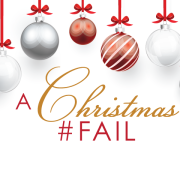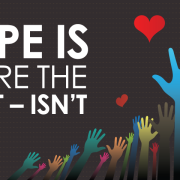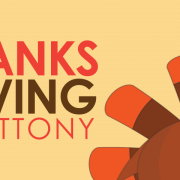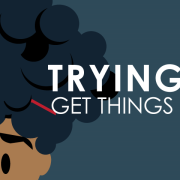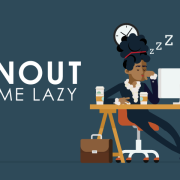A Christmas Fail
Bah humbug! I had grand plans for a Christmas blog post and email campaign…but it was a complete and utter failure. Here is my Christmas Fail story:
I had been a bit bogged down with client work and subsequently missed a couple of my self-imposed blog writing deadlines. To make up for it, I came up with the idea to do a holiday post that included music and animation. I thought that I could use the days leading up to Christmas to produce, compose, edit and animate a Christmas song. I have a tendency to try to capitalize on U.S. Holidays as internal or lazy work days. Because my clients are usually on vacation at this time, I find I can get more done because I don’t have the distractions of phone calls and urgent emails. I thought it would be the perfect time to craft my video and to create an animated graphic to send out to my email list.
I was wrong.
My original plan was to use Garage Band either on my iPad or computer to compose the background music to a Christmas song. The song I had originally chosen was “Someday at Christmas.” My plan B, was to purchase a backing track in case I was unable to figure out a way to hook my keyboard up to my computer or iPad. The keyboard I have is an older one that I found at a thrift store a couple of years ago. When I was younger, I played the piano for about 8 years and although my finger dexterity is not what it used to be, I thought that I could eek out some simple chords for the background music. What I wasn’t sure of, was whether or not I would be able to connect the older keyboard to these newer devices to record the sound.
For the vocals, I planned to use Garage Band for this as well. Growing up in a religious environment, I sang in church…A LOT. I had a few acapella groups that I sang tenor in and I was also in the church choir. I can remember my father finding a mixing board at a garage sale and him recording himself singing a song in 4-part harmony. I thought that I could do the same thing, in 3-part harmony, using Garage Band. Now, I am by no means a solo artist, but I do think I make a good “Pip.” As in, Gladys Knight and the Pips.
I planned to make the whole thing no longer than 30 seconds to 1 minute. I figured by keeping it short, I could also post a snippet on my Instagram account. I usually send out a Merry Christmas/Happy Holidays email and I thought that I could do an animated graphic that when clicked, would lead to the post with the video song. However like a last minute holiday shopper, that ends up buying crappy gifts, my ninth hour attempt to do all of this ended in disaster.
I was met with a slew of technical difficulties.
First, I could not connect my keyboard to my computer or iPad. I may not have had the right cables, inputs, etc., but it was too late to go find what I needed when I sat down to do all of this Christmas Eve day. On to plan B–the backing track. I could not find a backing track for “Someday at Christmas” that was in a key that would work for my voice. I am a tenor, well according to some of my musically inclined friends, a lazy alto. Never the less, my voice is low and in order to successfully sing 3-part harmony with myself, I needed a lower key than what I was finding online.
“No worries, I will just change the song and sing it acapella,” I said. No. Worry indeed. My mic would not connect to my iPad so when I recorded the melody, it sounded far away and like I was singing under water. Then I couldn’t figure out how to turn off the stupid metronome which kept getting recorded into my track. Tick…Tock…Tick…Tock. “We wish you a merry Christmas. We wish you a merry Christmas.” Tick…Tock…Tick…Tock. Yeah, it just wasn’t good. Not good at all.
I got so frustrated that I just quit. No recorded track. No video to go with it. No animation and email. I was done. I even yelled, “Bah Humbug!”
So…
This is my holiday post…post Christmas. I tried, I really did, but it was a #christmasfail. The lesson I learned is this: you must do your due diligence and preparation. Especially for “grand ideas.” It was doomed to fail because I didn’t make sure that I knew what I was doing with Garage Band. I didn’t make sure that I had what I might need in advance to hook my keyboard up to my computer, if it is at all possible. I didn’t look into backing tracks ahead of time and I didn’t make sure that the microphone I planned to use was going to work.
I didn’t put in the work needed to prepare. I wasn’t ready to take on this project and I failed when it came time to execute. Lesson learned, next year I will be ready!
Colleen Eakins is a dynamic and creative individual that possess a knack for great design. With over 15 years of experience in the field of graphic design, Colleen is able to effectively brand her clients with great design pieces. Her motto is: “Anyone can make a pretty picture, but is it effective? Will it make your customer buy your product or use your services? My design tries to answer with a YES!”


